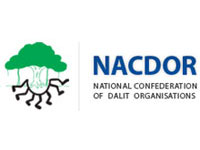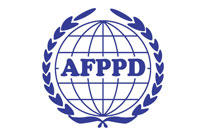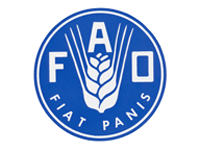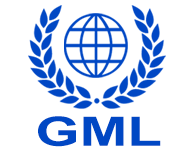Why SAMADHAN?
There are less than four years left for the world to achieve the Millennium Development Goals – a series of ambitious commitments that countries made across the globe to reduce poverty, eliminate preventable disease and protect the earth’s environment by 2015. Given the urgency, SAMADHAN is a way for citizens in India to play a direct and active role in achieving the MDGs by demanding what their government has already promised them. The Government of India’s own targets in the 11th and upcoming 12th Five-Year Plan are even more ambitious than the MDGs. Many development schemes are in place to achieve them but there is a need for more efficient, accountable and transparent delivery of services. SAMADHAN aims to fill this gap.
What is SAMADHAN?
SAMADHAN is an internet-based platform primarily for citizens to directly demand and track their service entitlements under national and state government schemes. A NREGA wage has not been fully paid, a mother has not received her Janani Suraksha Yojana money, an Anganwaadi worker is not opening the nutrition center everyday – citizens can take any such problem they are facing and send a simple text message, call in at a toll-free number or visit the District Collector’s Office to demand or file complaints through SAMADHAN. Once demands or complaints are registered, local administration will process the complaints and respond with appropriate action to resolve them. Citizens can track the status of their complaint through an ID number. After the government has taken action, a message is sent to the citizen requesting them to verify that the action has taken place.
SAMADHAN is a multi-purpose system that will also allow civil society organizations, the government and media to use the data and information for analyzing and highlighting systemic challenges. Since the information on complaints will be in the public domain, they will be able to view it easily and in a user-friendly manner. SAMADHAN will be integrated with the government’s existing grievance mechanisms for speedy redressal. (View the Demo Page for more details.)
SAMADHAN platforms can be accessed at the following links.
Koraput http://koraput.samadhan.org.in/
Sehore http://sehore.samadhan.org.in/
Where is SAMADHAN?
SAMADHAN is being piloted in Sehore district of Madhya Pradesh and Koraput District in Orissa. In Madhya Pradesh, a partnership has been formed between the Collector of Sehore District, Government of Madhya Pradesh, a civil society organization called Samarthan and local media and civil society networks. In Orissa, it is led by the Collector of Koraput District, Government of Orissa, civil society partners VSO India Trust and South Orissa Voluntary Action (SOVA), along with local
media and civil society networks. The pilot is supported by the United Nations Millennium Campaign, an interagency initiative of the UN to support citizens in holding governments accountable for achievement of the MDGs.
Progress/Major Achievements
1) Samadhan is emerging as a platform for a “single-stop window” for grievance redressal for district administrations in both pilot locations.
- Since the official launch of Samadhan in August 26, 2011, the first phase of implementation focused on full integration of existing government redressal systems into Samadhan. This mainly included the traditional method of submitting written applications in person at the district headquarters during weekly public hearings. The method is time-consuming, requires citizens to travel which is costly, and involves appearing before government authority figures which citizens are not completely comfortable with. While the traditional grievance submission method will continue, the Samadhan has been steadily integrating the written applications into the platform and is helping streamline administrative workflow.
- The vast majority of complaints on the Samadhan system currently are integrated from the government’s existing traditional complaint systems in both pilot locations, which will help streamline administrative work flow within the government.
- The District Magistrate in Koraput wants all the complaints coming in through various channels to be integrated into Samadhan including the main weekly public hearings, the state toll free line and the department specific public hearings.
2) Government ownership has increased in Koraput with signing of the formal agreement between the district administration and local NGO partner
- On April 23, 2012, the Koraput District Magistrate signed an official “Note for Record” with the local NGO partner, SOVA Koraput, delineating the roles and responsibilities of both entities in the joint implementation of Samadhan.
- Following the Koraput formal launch in late August 2011, after intense lobbying and follow-up, the district heads in both locations appointed their deputy-heads, as the official focal points for Samadhan in the respective district administrations.
- Both provided a list of responsible government officials with their contact information to be uploaded on the Samadhan website which is in the public domain.
- After initial resistance to file complaints directly on Samadhan using the SMS feature, District Magistrate in Koraput has agreed to move ahead with the SMS-registering mode on Samadhan.
3) Community mobilization and empowerment is leading to increased awareness among citizens of their basic entitlements and increasing government accountability in public service delivery (Refer to Samadhan impact stories)










